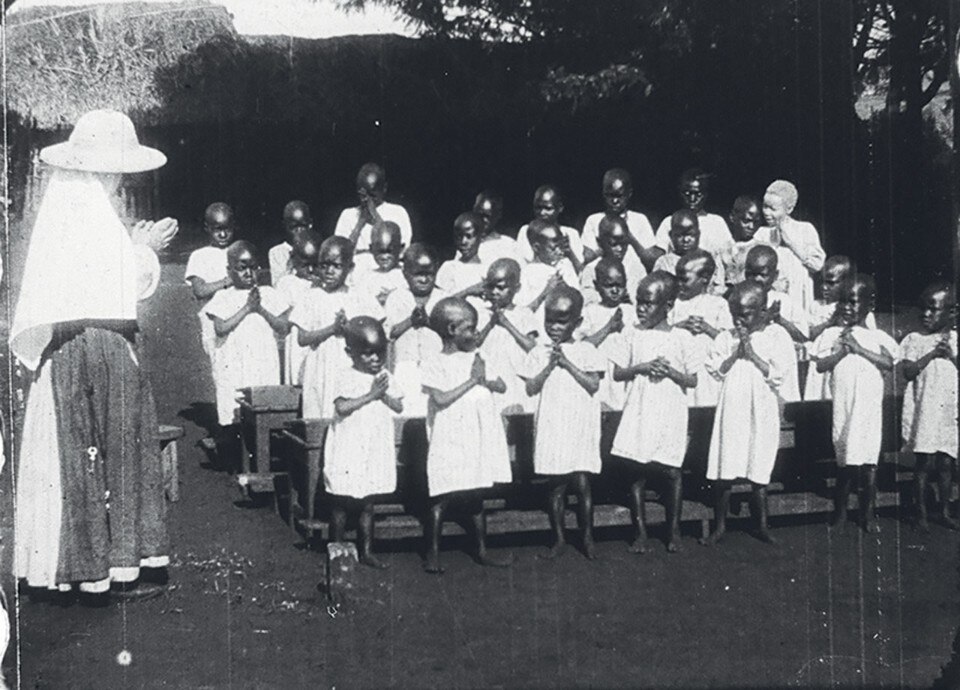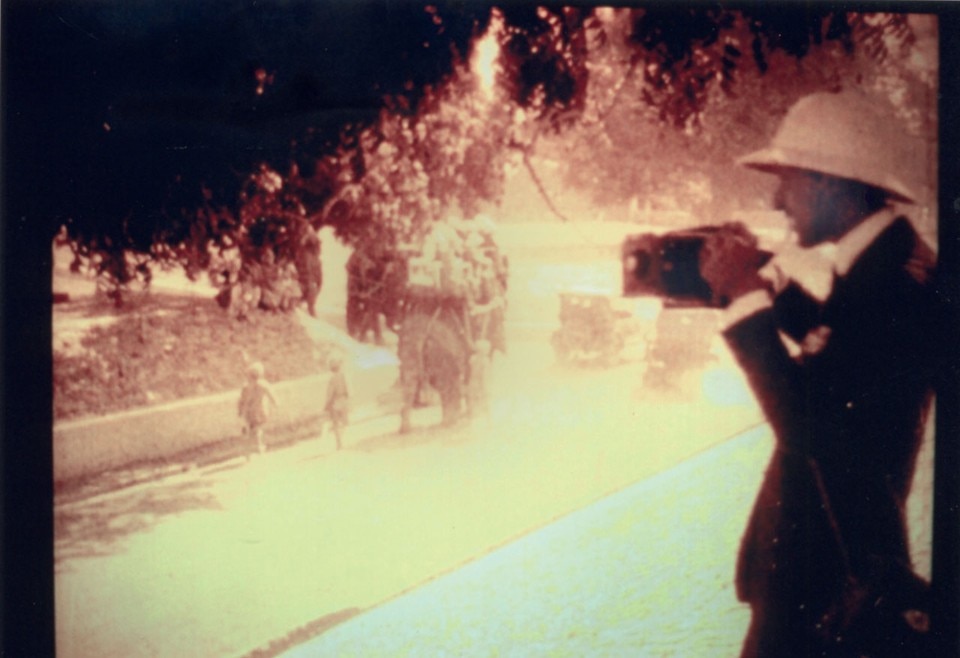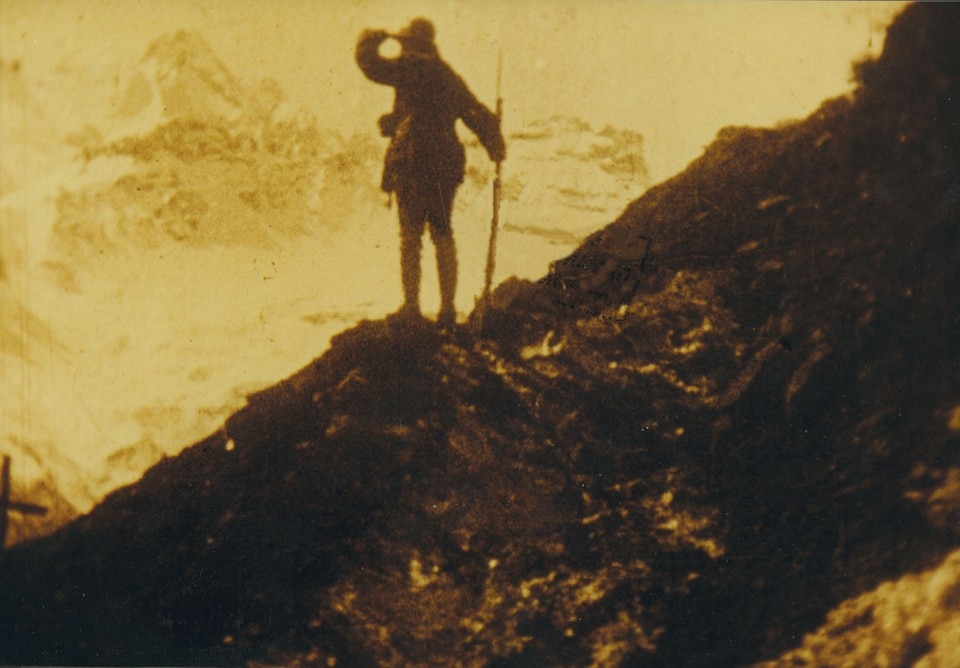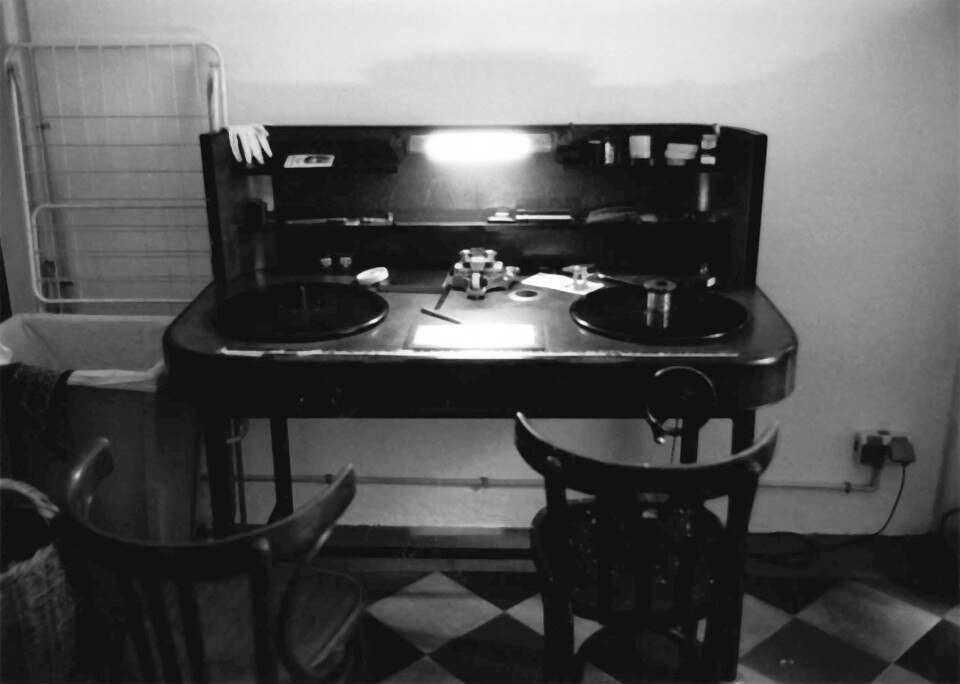For many years now Yervant Gianikian and Angela Ricci Lucchi have been producing quiet, powerful, necessary work. While they have always been known in the world of experimental cinema, over recent years their films and installations have increasingly gained visibility among a wider audience.

Gianikian_Ricci-Lucchi.jpg.foto.rmedium.jpg)


There is no lack of autobiographical elements, albeit filtered and reinterpreted. In this sense the memory of the Armenian Genocide is fundamental and in some works, such as Ritorno a Khodorciur, dedicated to Giankian’s father, it becomes explicit. Among the recurring themes that are still being developed is also the suffering of the Russian avant-garde in the Soviet era.
Although they live in Milan, Italy, apart from a fine exhibition dedicated to them at the Hangar Bicocca, their work has been shown mainly in the experimental cinema circuit. They are given great recognition however in the United States and several European countries, first and foremost France. The latter in particular has supported the productions for some time; for example Pays Barbare, a film dedicated to Fascism, that begins with images of the crowd gathered in Piazzale Loreto on 29 April 1945. The events from the last month affirm this attention.


